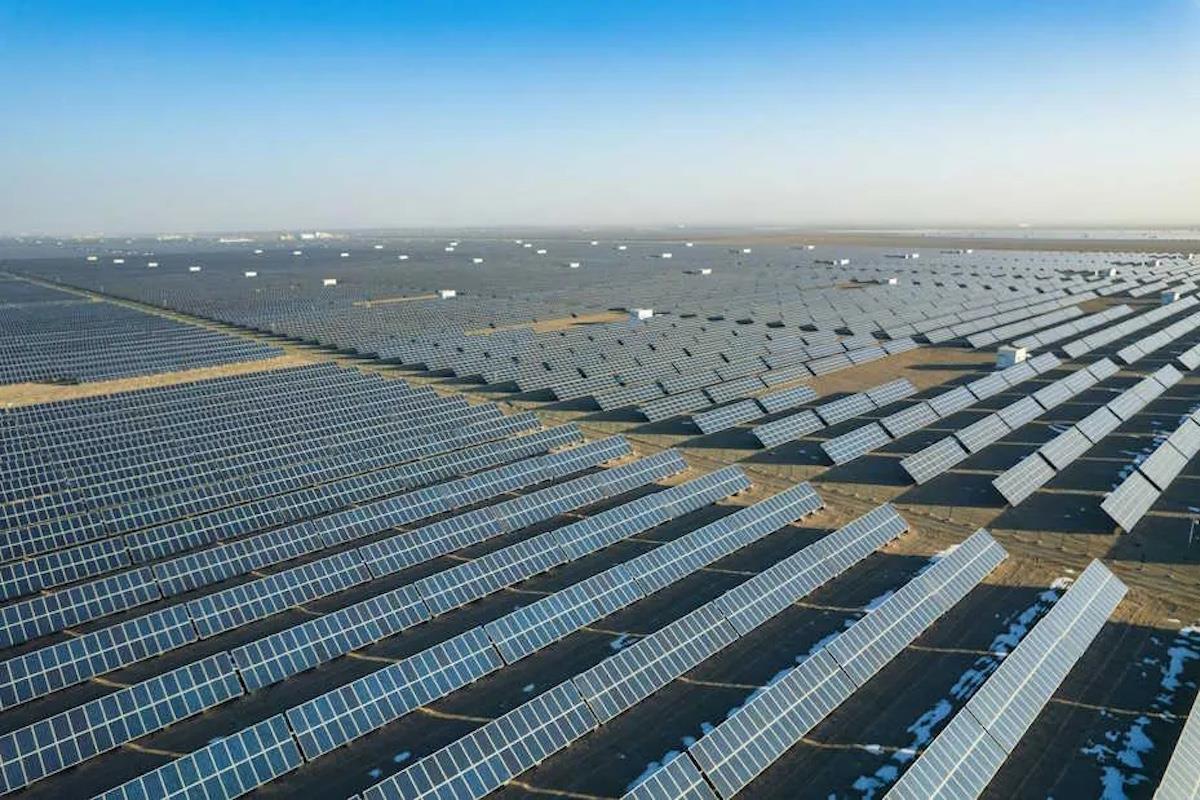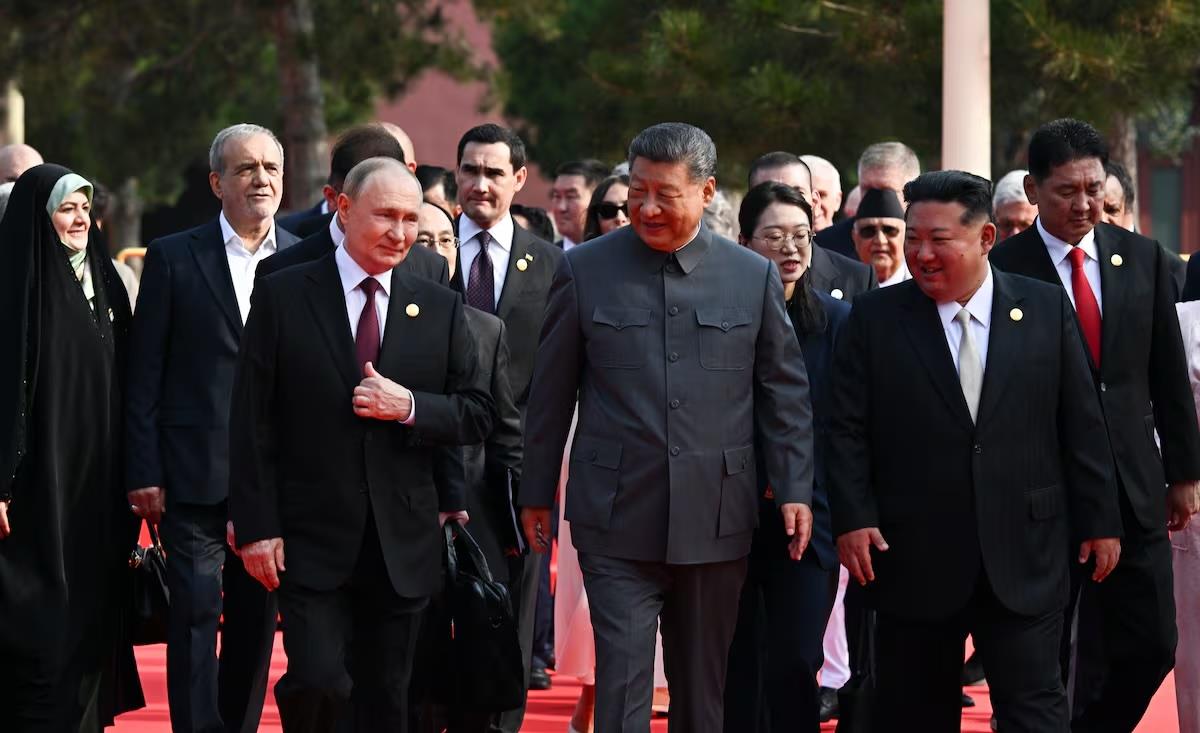US 'Pivot To Asia' Never Happened And Likely Never Will
What we find is a textbook case of strategic overreach meeting geopolitical reality-a familiar pattern for anyone who has studied America's post-Cold War foreign policy adventures. The pivot, later rebranded as the more diplomatically palatable“rebalance,” was sold as America's recognition that the future lay in Asia, not the Middle East.
The strategy's key areas included“strengthening bilateral security alliances; deepening our working relationships with emerging powers, including with China; engaging with regional multilateral institutions; expanding trade and investment; forging a broad-based military presence; and advancing democracy and human rights.”
It sounded comprehensive, forward-thinking and strategically sound. The reality, however, has been far messier.
Rather than executing a clean pivot away from Middle Eastern entanglements, America has remained engaged in crises across multiple theaters-from Afghanistan to Syria to Ukraine to Yemen to Iran-while trying to contain a rising China that has grown only more assertive over the past decade.
The fundamental flaw in the pivot was the assumption that America could simply choose its strategic priorities without accounting for the inconvenient tendency of global crises to impose their own logic.
While Washington declared its intention to focus on Asia, the Middle East refused to cooperate with American strategic planning. The Arab Spring, ISIS, Iran's nuclear program and the ongoing Israeli-Palestinian conflict all demanded immediate American attention and resources.
This is not merely a failure of implementation-it's a failure to understand the limits of American power and the interconnected nature of global challenges. US policymakers still operate under outdated assumptions about their influence, believing they can compartmentalize regions and threats in ways that the world simply doesn't allow.
While America was pivoting to Asia in theory, China was actually reshaping Asia in practice. Beijing used the past decade to systematically alter the regional balance of power through the Belt and Road Initiative, military modernization, economic coercion, and patient diplomacy.

Legal Disclaimer:
MENAFN provides the
information “as is” without warranty of any kind. We do not accept
any responsibility or liability for the accuracy, content, images,
videos, licenses, completeness, legality, or reliability of the information
contained in this article. If you have any complaints or copyright
issues related to this article, kindly contact the provider above.
Most popular stories
Market Research

- Bitmex And Tradingview Announce Trading Campaign, Offering 100,000 USDT In Rewards And More
- Japan Halal Food Market Size To Surpass USD 323.6 Billion By 2033 With A CAGR Of 8.1%
- Chicago Clearing Corporation And Taxtec Announce Strategic Partnership
- Red Lions Capital And Neovision Launch DIP.Market Following ADGM Regulatory Notification
- Poppy Seed Market Size, Share, In-Depth Insights, Opportunity And Forecast 2025-2033
- Pluscapital Advisor Empowers Traders To Master Global Markets Around The Clock


























Comments
No comment